Zephyr is a High Altitude Pseudo-Satellite (HAPS) that fills a capability gap between satellites and UAVs.
The platform is the world’s leading, solar-electric, stratospheric UAV. Airbus say it will revolutionise defence, humanitarian and environmental missions all over the world.
“The first unmanned aircraft of its kind to fly in the stratosphere, Zephyr harnesses the sun’s rays, running exclusively on solar power, above the weather and conventional air traffic. It is a HAPS: a High Altitude Pseudo Satellite, able to fly for months at a time, combining the persistence of a satellite with the flexibility of a UAV.”
In Summer 2018 for its maiden flight from Arizona, the Zephyr S remained aloft for 25 days 23h 57min, nearly twice as long as the previous record flight of 14 days set by its predecessor.
Last week, we flew two MOD owned solar-powered Zephyr record breaking aircraft to Australia for concept trials. The @99Sqn C-17 is the first ever aircraft to carry the Zephyr, which recently smashed the world flight endurance record! ?✈️#Zephyr #JFC @DefenceHQ @RoyalAirForce pic.twitter.com/UgTIyFn5wW
— 99 Squadron RAF (@99Sqn) September 1, 2018
In November 2015, former Prime Minister David Cameron laid out plans during the Strategic Defence and Security Review 2015, for the purchase of Zephyr. In the speech, he stated that the UK was to field a “British-designed unmanned aircraft that will fly at the edge of the earth’s atmosphere and allow us to monitor our adversaries for weeks on end, providing critical intelligence for our armed forces”.
A purchase of two Zephyr-8’s was reported in February 2016. The Ministry of Defence later confirmed the purchase of a third Zephyr 8 platform.
The Zephyr 8 will have roughly 24 kg of batteries and a 5 kg payload,[20] and be 30 percent lighter and carry 50 percent more batteries than the Zephyr 7.


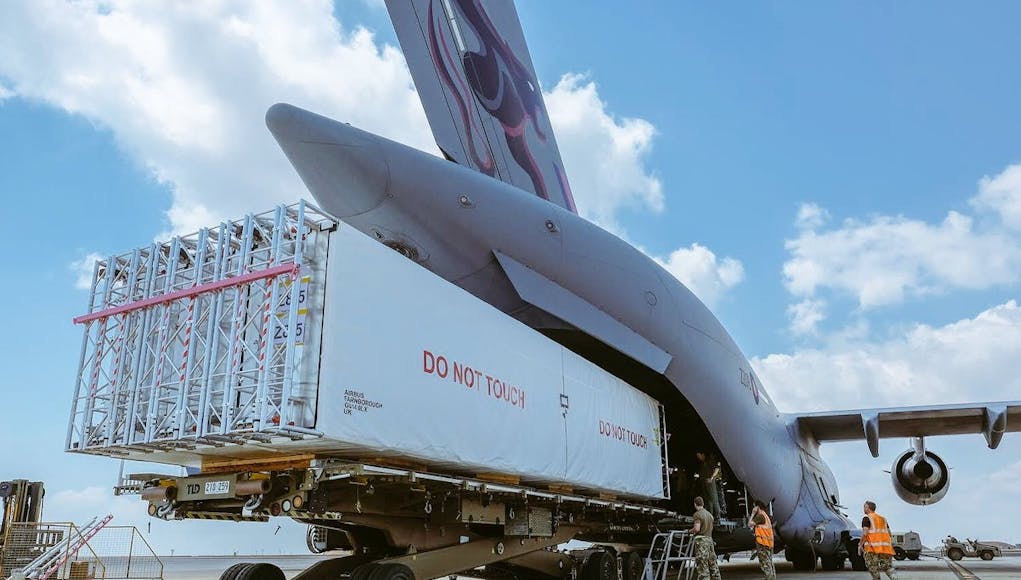

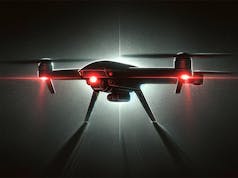


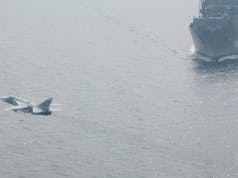
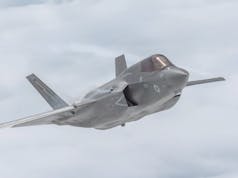



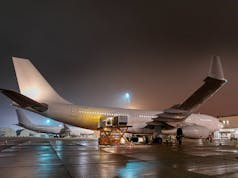

Why are we going to the considerable expense of sending these aircraft to Australia? Are they going to be purchasing them? If so great, if not, waste of taxpayers money.
Lots of space and benevolent environment for testing, I guess…
Because of lots of open space, excellent communications facilities, friendly allies, all things now unavailable in the EU wold be my response.
An image of this kit would have been nice, plus how does it recover to terra firms?
Anyone ?
@ James, it lands like a conventional aircraft.
https://www.airbus.com/defence/uav/zephyr.html
Freedom to roam and excellent range facilities under exclusive Australian and U.K. overview. I imagine the Aussies might like one one day.
They will tested at the Woomera space center, just as Taranis was.
Their summer coming up.
Uncluttered airspace and you don’t need to worry about crashing into someone’s house or field. It’s the same reason why Taranis was tested in Australia. These things are still experimental therefore the risk of it crashing is too high to fly in the UK.
Exactly.
The Zephyr 7 weighs 57kg but only has a 5kg payload. I wonder how many of those kg’s are in the launching and landing parts carried on board or in the effort required to get up to 70,000 ft. If it’s up there for months on end, then how much better could it be if it got carried half way up there on the back of a standard plane?
Or tow it up part of the way.
Interesting idea Tim but I think the fuselage would have to be strengthened to be carried on the back of another plane and then released. Strengthening equals weight equals less loitering time. It is all about minimum wing loading.
Wont these things be easy to shoot out of the sky? If the UK was to fight a peer which had adequate air protection, the Zephyr would be an easy target, right? I imagine they’re quite slow too.
This is my assumption on why no other country has so far expressed much interest in it. From the spec it flys at the same height at the U2 spyplane and we know that was shot down. Although I assume it will have a lower heat signature and possibly a radar one considering the design, so might be harder to track although that is probably balanced by it’s slow speed. My guess only useful in uncontested skies or against low tech opponents.
Well pretty much anything including satellites can be shot down nowadays if detected. However, to take the extreme example and assume one were to be flown across Russia then in addition to the low radar and thermal signature making it difficult to detect, its low speed might well cause it to be ignored/rejected (if actually seen) by systems designed to detect aircraft flying at jet or missile speeds. It cruises at 30 knots but might be capable of flying at even slower speeds. Also bear in mind it can capture data but doesn’t have to transmit it until clear of the surveillance region further reducing detection options.
However, I doubt the intent is to use this directly over peer adversary land masses. Its great advantage is persistence at minimal operating cost and flying it offshore in international airspace could still allow it to look well within a country, in theory well over 500 miles. It would also enable countries to police long coastlines and large economic areas for fisheries and piracy protection purposes, much more effectively than with ships.
I’d imagine they’ll be used as a high altitude communications node as much as a recon asset. Remember in Afghanistan the US ended up using Nasa Canberras for a while as the radios wouldn’t work in the mountains.
https://theaviationist.com/2013/09/19/nasa-927/
It’s got a very small radar signature apparently and almost nothing on the infra red. With the height it flies it’s very hard to find to shoot down
Think of the Zephr as unmanned powered glider. It is primarily carbon fibre constructed so will have a very low RCS along with the altitude it is flying at should be quite difficult to find. A lot of modern composite constructed gliders are very difficult to spot on surveillance radar hence the need for them to be fitted with traffic collision avoidance systems (TCAS). However, if the aircraft uses an omni-direction aerial for its Link-16 datalink and is constantly transmitting it could be found using radio direction finding quite easily.
The aircraft I think maxes out at 40 Knots and flies above 65,000ft so is not affected by the weather, it just takes ages getting there. I believe the Zephyr concept of surveillance and comms rebroadcasting is valid, as it provides loitering persistence measured in days not hours, not even Predator/Reaper/Protector can compete with that in a purely surveillance role.
Not sure on the cost per airframe but a manned two seater electric self launching glider of a similar size costs £250K. The Zephyr 8 can only carry a relatively small payload, but the larger twin tailed Zephyr can carry at least double the amount. According to various sites the RAF are buying 4 Zephyr 8s and no mention of the larger version. This aircraft would make an ideal maritime surface surveillance aircraft, which is something our country is seriously lacking.